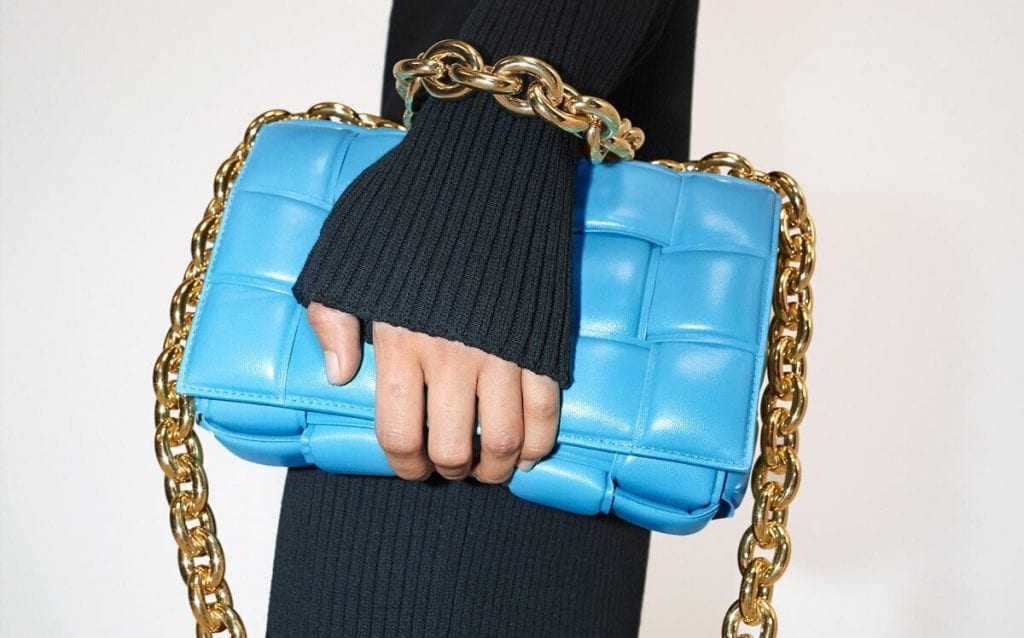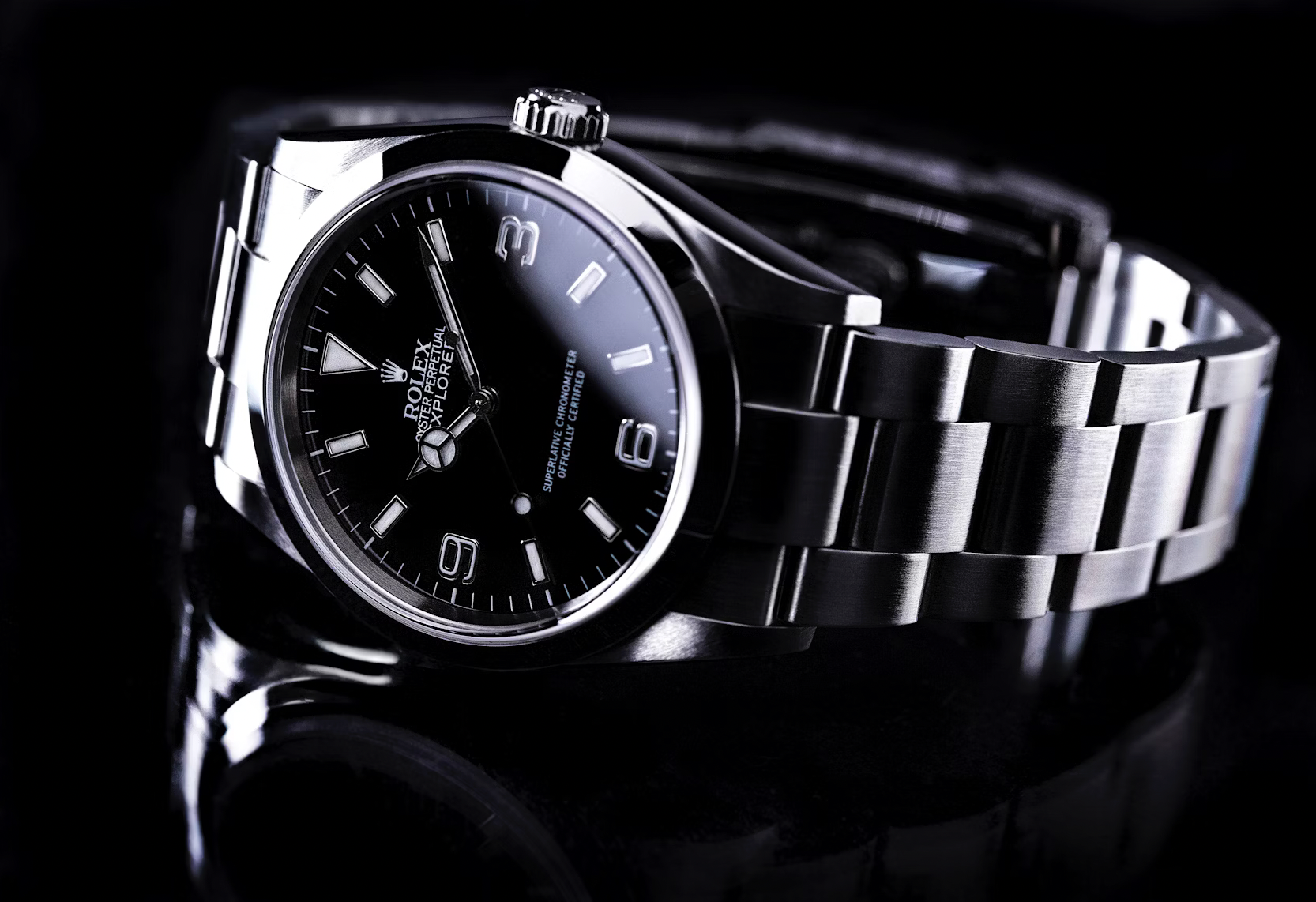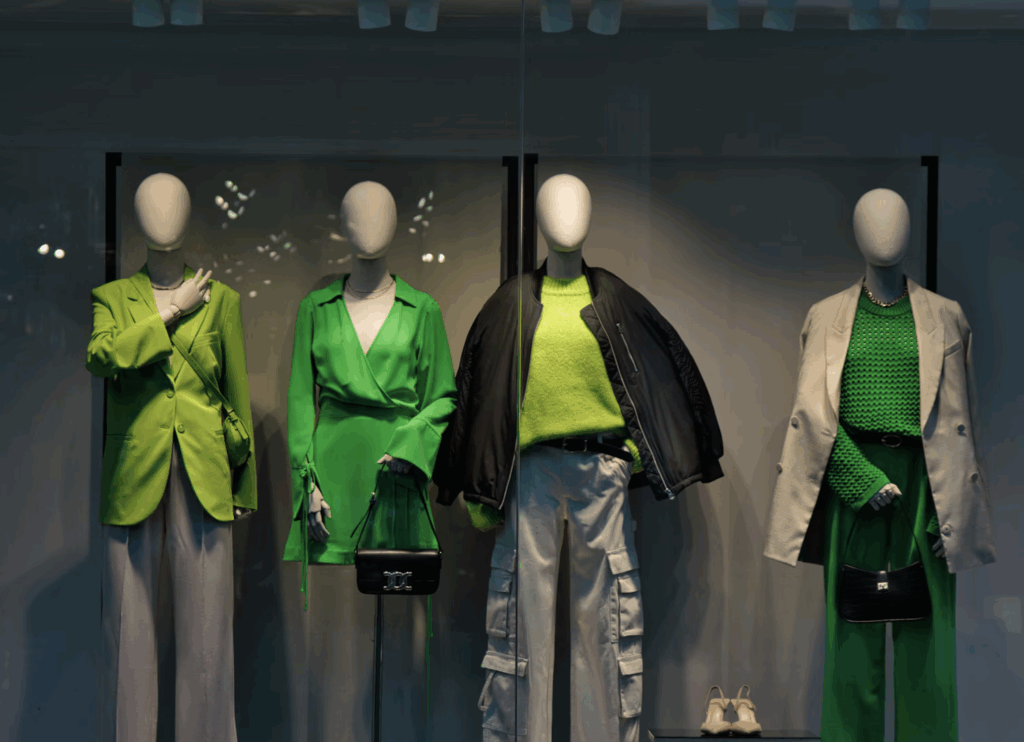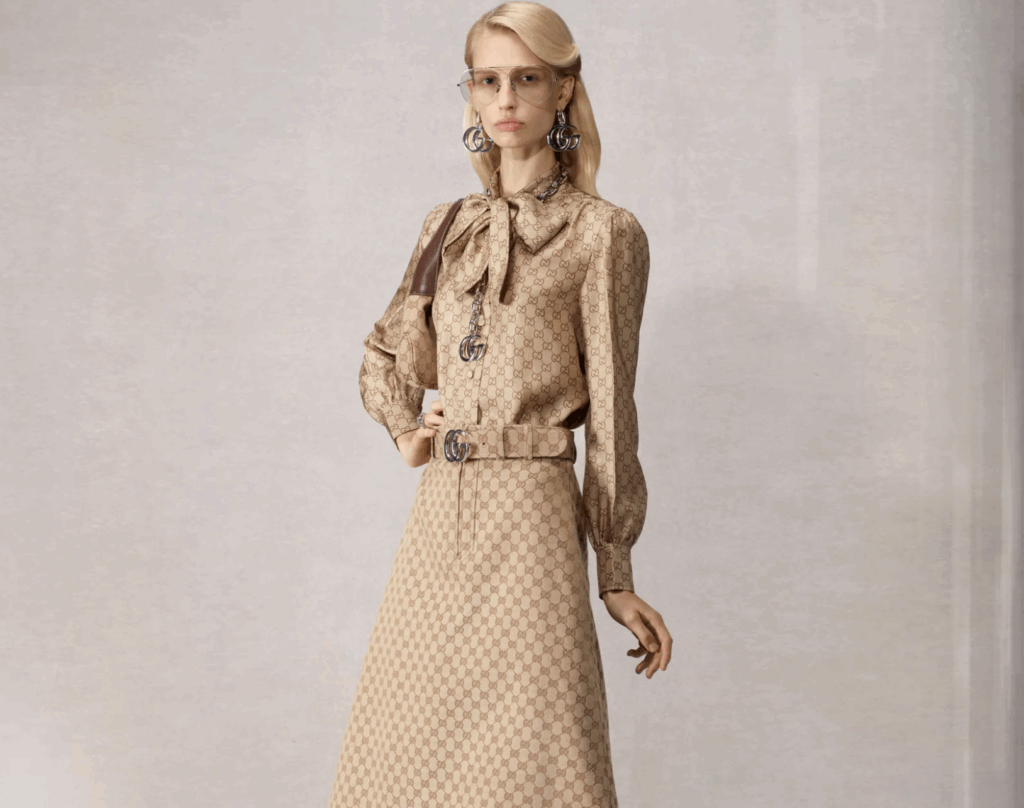Kering posted higher-than-expected sales for the fourth quarter of 2019, with revenues for the 3 month period rising 13.8 percent to 4.36 billion euros ($4.76 billion). For the year, as a whole, the Paris-based conglomerate, which owns Gucci, Balenciaga, Bottega Veneta, and Saint Laurent, among other fashion and luxury brands, reported that it generated more than $17 billion up 13.3 percent compared to its full year results for 2018, in light of its quest to “develop [its] Houses, executing flawlessly, and creating value” for consumers, according to chairman and CEO François-Henri Pinault.
Unlike its closest rival LVMH, which reports financial activity for its group as a whole, Kering breaks down the revenue for its top houses, thereby, shedding light on the workings of Gucci, by far its biggest label, Saint Laurent, and Bottega Veneta, in particular. Some highlights from the houses are as follows …
Gucci
Kering’s largest label Gucci sold more $817 million worth of leather goods in 2019. As MarketWatch asserts, Gucci’s results “will likely reassure the market, which has been worried of fading momentum at the brand after a few years of [extraordinary] growth.” The publication also pointed to 6.3 percent sales growth for Gucci in the fourth quarter in North America, “ returning to growth after a weak few quarters following an outcry after the release of a sweater that [was] likened to blackface.”
Following from leather goods, the second top-performing category for the Italian design house? Footwear, which is 17 percent of sales, followed by ready-to-wear at 13 percent. While another segment worth noting, according to Kering was travel retail, which “emerged as the fastest growing distribution sub-channel [in 2019], with an acceleration of the network refurbishment. Thanks to a dedicated organization within the Company, Gucci has been able to capture new market opportunities across new, targeted travel retail openings.”
As for its customer base, 38 percent of Gucci’s sales in 2019 came from the Asia-Pacific region, followed by Western Europe (28 percent), North America (20 percent), and Japan (8 percent), and in terms of strategy, Kering states that “the focus on creating an increasingly emotional bond between Gucci and its clients has been one of the key drivers of its performance over the past five years.”
Saint Laurent
Sales at Saint Laurent for full year 2019 amounted to $2.22 billion, up from $1.89 billion in 2018. In terms of the breakdown of sales per product category, much like Gucci, leather goods made up the bulk – or 69 percent of sales. This was followed by sales of creative director Anthony Vaccarrello’s ready-to-wear (13 percent) and shoes (10 percent), with the largest pool of consumers situated in Western Europe (35 percent), Asia-Pacific (28 percent), North America (24 percent), and Japan (7 percent).
Of importance for the Paris-based brand is that it “reached the €2 billion revenue mark” for the first time, a “significant milestone,” per Kering, with its sales on its YSL.com e-commerce site growing “dramatically” over the course of the year, thereby, “reinforcing the House’s position on the e-commerce market.”
Also worth noting: Saint Laurent’s “highly consistent strategy in terms of products, distribution and communication,” which will continue to come into play as the brand “continues to expand its retail distribution network in 2020, while reinforcing its online presence and focusing on building an excellent experience for its clients in every touchpoint with the brand.”
Bottega Veneta
Under the watch of a relatively new creative director (Daniel Lee) and CEO (Bartolomeo Rongone) team, Bottega Veneta reported growing revenues of $1.27 billion $1.20 billion for 2018, with a whopping 83 percent of sales for the leather goods-heavy brand coming from that category, followed by shoes (8 percent) and ready-to-wear (6 percent). The largest chuck of those sales came from the Asia-Pacific region (38 percent), with Western Europe coming in second with 29 percent, and then Japan with 15 percent. Interestingly, sales in North America were only 12 percent.
In addition to noting the “immediately positive reception of the first new handbags [under the direction of Daniel Lee],” which were introduced for the Spring 2019 collection (Maxi Cabat and The Pouch), likely thanks to widely gifting to and by influencers and fashion industry trend-setters. “The Pouch, for instance, became the fastest-selling bag in Bottega Veneta’s history, followed by the resounding success of Arco and Cassette,” per Kering.
Still yet, Kering asserts, “Under his leadership and the creative direction of Daniel Lee, Bottega Veneta’s strategy aims to take the brand further into elegant and confident new realms by engaging with a broader, younger audience. The business and creative sides are working hand in hand to increase brand awareness,” and “a wider range of products appealing to an international clientele of men and women has gradually been integrated, all featuring Bottega Veneta’s sophisticated substance, craftsmanship, Italian glamour and eloquent discretion.”














